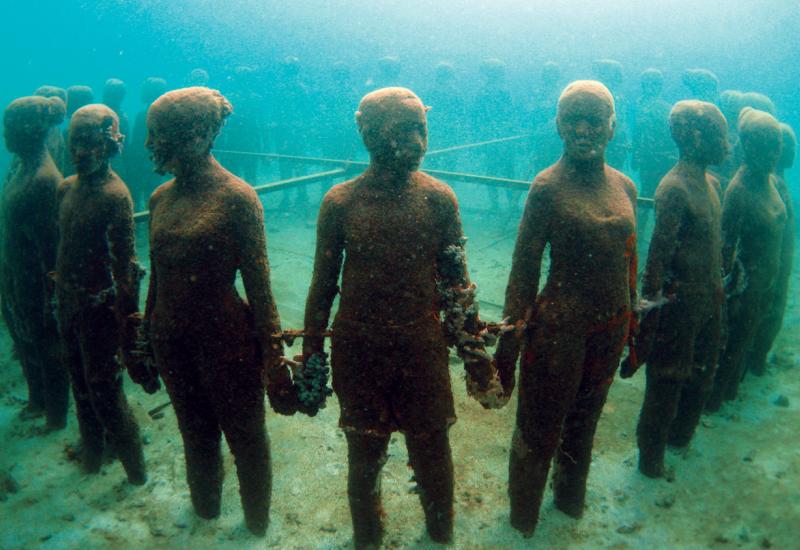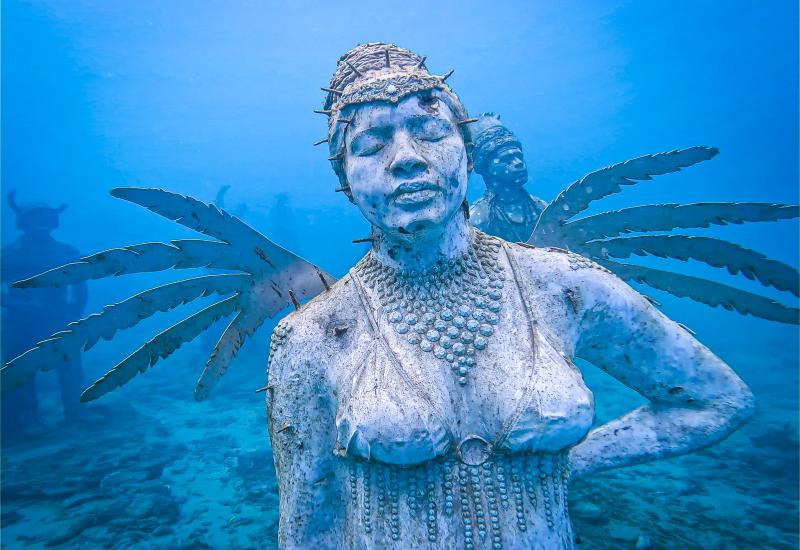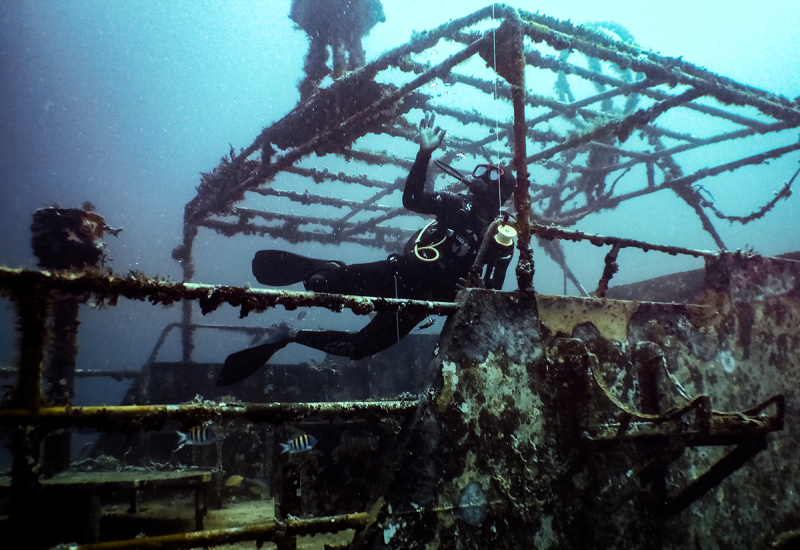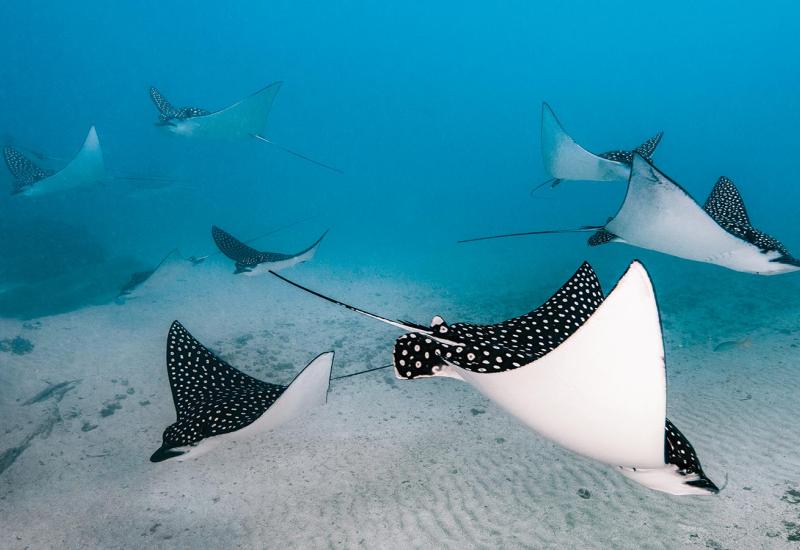Grenada and the Grenadines Dive Travel Guide
This idyllic part of the eastern Caribbean, stretching from Grenada to St. Vincent and the Grenadines, is known for the aromatic spices that are grown throughout the islands. The volcanic peaks are home to interior rainforests and waterfalls that descend toward the protected bays and beaches that ring the islands. But what lies beneath the surface is even more alluring, featuring everything from extensive reefs teeming with colorful fish to one of the largest shipwrecks in the Caribbean and an active underwater volcano. Grenada is a sleepier part of the Caribbean with fewer visitors, meaning that these sites remain unspoiled by larger crowds. And the marine life know it too. Parrotfish, nurse sharks, barracudas, eagle rays, turtles and groupers are just some of the residents you’ll encounter. And the best way to experience this pristine environment is by boarding the Wind Dancer (this itinerary is no longer available, but the diving is accessible from land-based operations). We dived six island areas, including Grenada, Isle de Ronde, Carriacou, Union Island, the Tobago Cays and Bequia. The diving includes what has been called the Titanic of the Caribbean, the Bianca C. The Bianca C was a luxurious 600-foot cruise ship that caught fire in 1961 and sank in 167 feet of water. The deck rises to about 90 feet, where you’ll find nurse sharks, rays, jacks and more on this current-washed site. The ship is dripping with soft corals, and if you head toward the stern, you can explore a partially collapsed swimming pool and the upper promenade, which is covered in black coral trees, hydroids and sponges. Another highlight of this itinerary is a submarine volcano site called Kick ’Em Jenny. The unique environment allows unusual corals and marine life to thrive here, which are enjoyed in the 100-plus-foot visibility that is common at the site. These locales also offer some of the best critter diving in the Caribbean. If you’re into spotting seahorses and frogfish, you'll find them here.
Itinerary
Need to Know
When to Go Year-round. The late-summer months are hurricane season, but Grenada is near the equator and generally out of the storms’ paths.
Dive Conditions Visibility is up to 80 feet with water temps around 80°F.
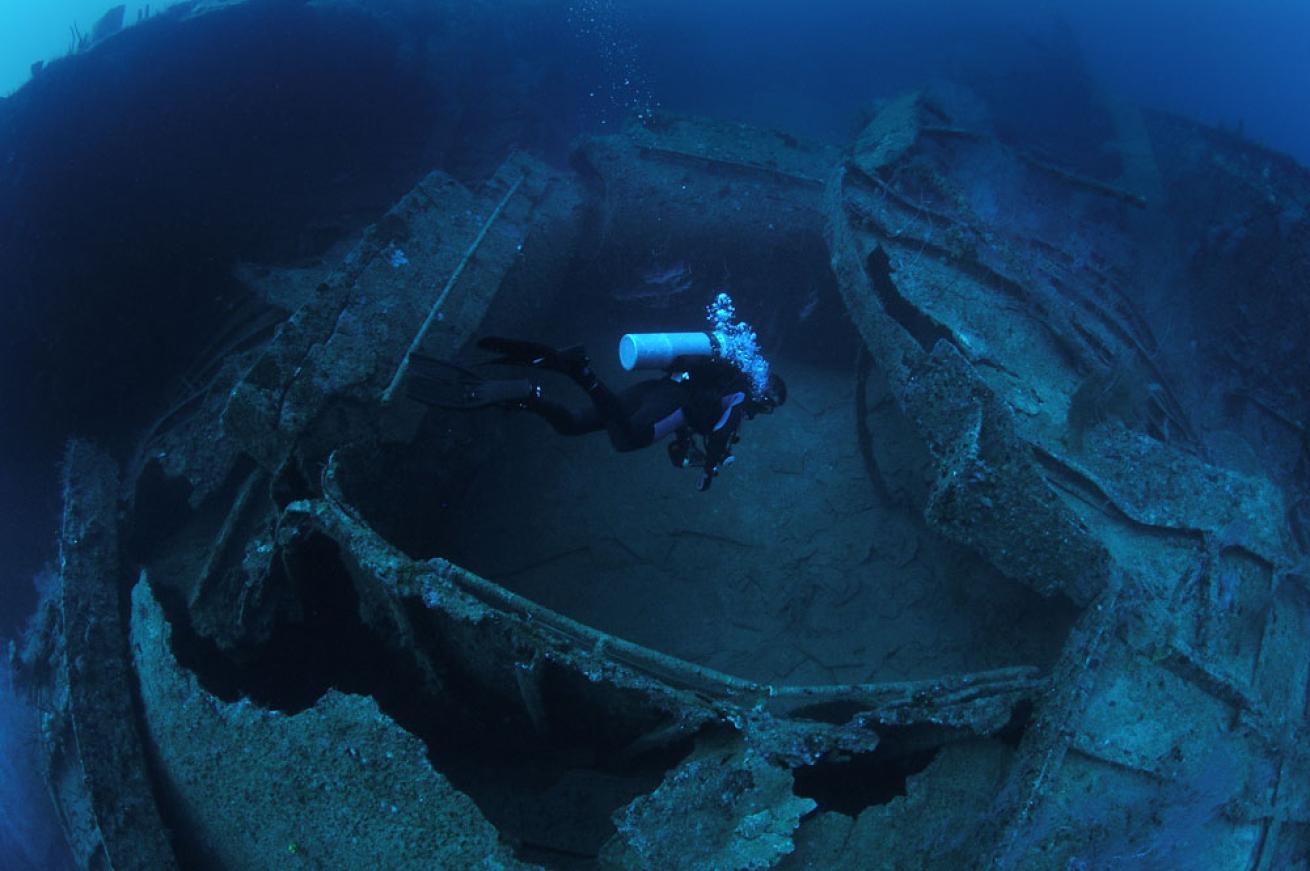
Michele WestmorlandThe swimming pool of the former luxury liner Bianca C.
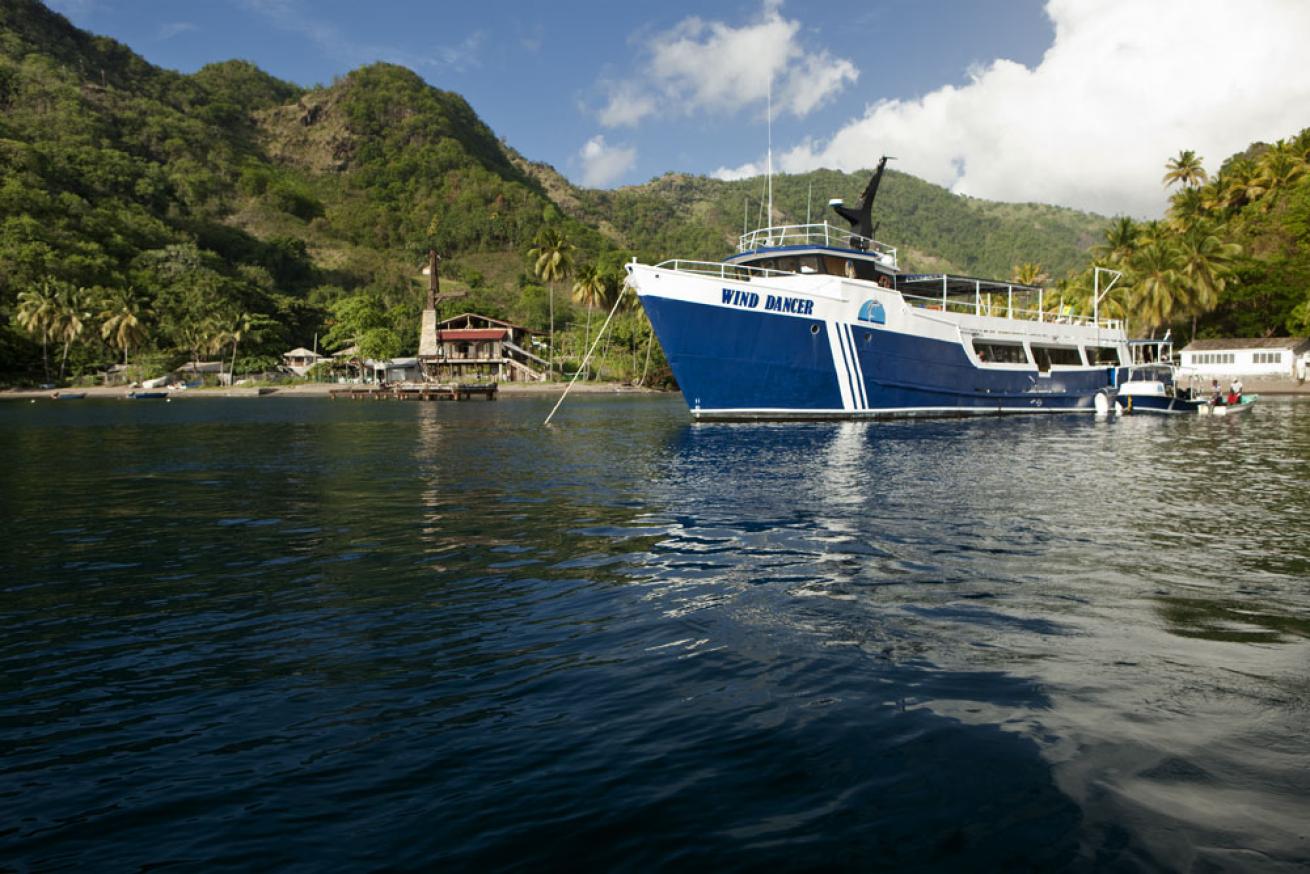
Michele WestmorlandThe Wind Dancer liveaboard.
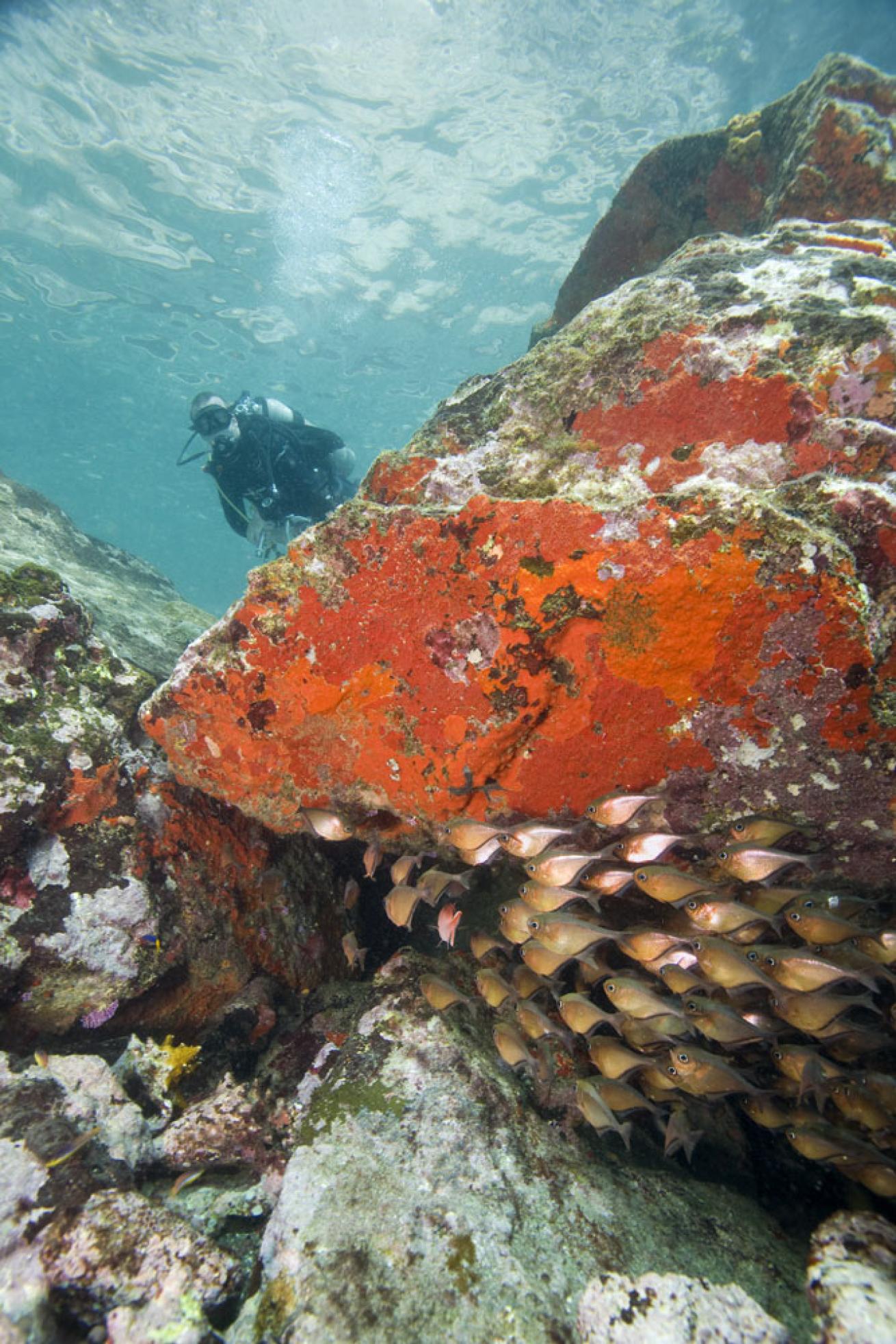
Michele WestmorlandA St. Vincent reef.
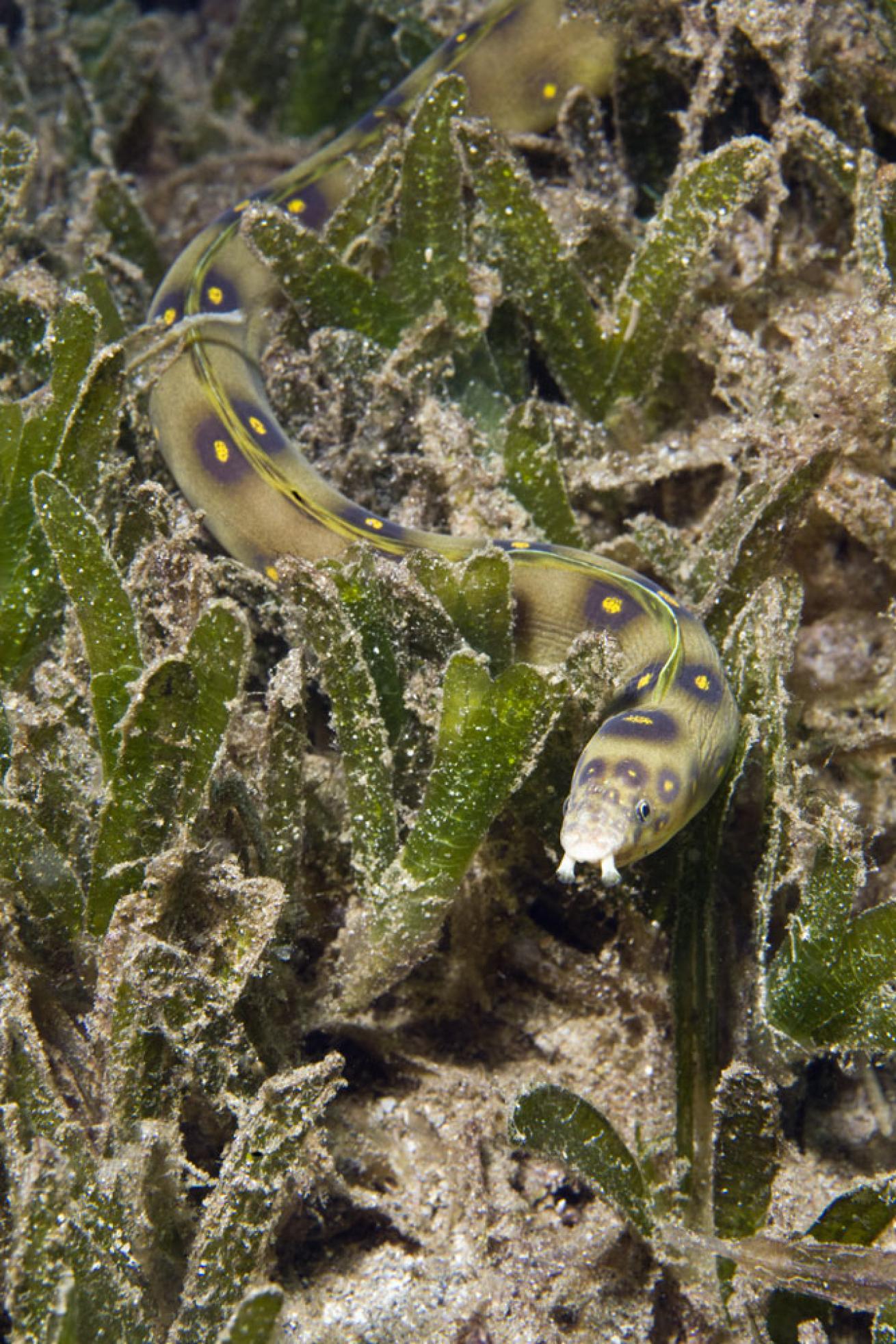
Michele WestmorlandA spotted moray eel found sheltering off the coast of St. Vincent.
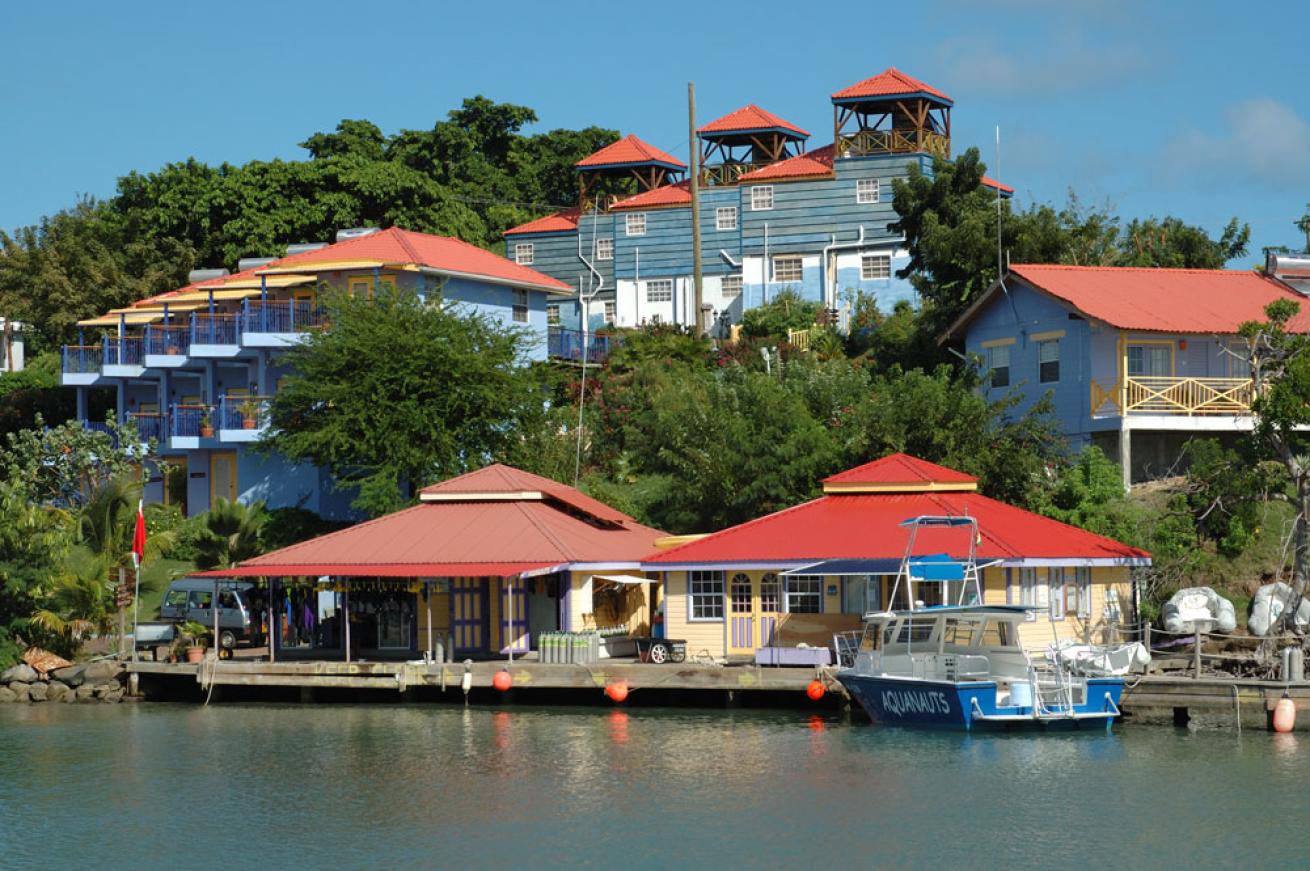
Michele WestmorlandTrue Blue Bay Resort and the Aquanauts dive shop on Grenada.
This idyllic part of the eastern Caribbean, stretching from Grenada to St. Vincent and the Grenadines, is known for the aromatic spices that are grown throughout the islands. The volcanic peaks are home to interior rainforests and waterfalls that descend toward the protected bays and beaches that ring the islands. But what lies beneath the surface is even more alluring, featuring everything from extensive reefs teeming with colorful fish to one of the largest shipwrecks in the Caribbean and an active underwater volcano. Grenada is a sleepier part of the Caribbean with fewer visitors, meaning that these sites remain unspoiled by larger crowds. And the marine life know it too. Parrotfish, nurse sharks, barracudas, eagle rays, turtles and groupers are just some of the residents you’ll encounter. And the best way to experience this pristine environment is by boarding the Wind Dancer (this itinerary is no longer available, but the diving is accessible from land-based operations). We dived six island areas, including Grenada, Isle de Ronde, Carriacou, Union Island, the Tobago Cays and Bequia. The diving includes what has been called the Titanic of the Caribbean, the Bianca C. The Bianca C was a luxurious 600-foot cruise ship that caught fire in 1961 and sank in 167 feet of water. The deck rises to about 90 feet, where you’ll find nurse sharks, rays, jacks and more on this current-washed site. The ship is dripping with soft corals, and if you head toward the stern, you can explore a partially collapsed swimming pool and the upper promenade, which is covered in black coral trees, hydroids and sponges. Another highlight of this itinerary is a submarine volcano site called Kick ’Em Jenny. The unique environment allows unusual corals and marine life to thrive here, which are enjoyed in the 100-plus-foot visibility that is common at the site. These locales also offer some of the best critter diving in the Caribbean. If you’re into spotting seahorses and frogfish, you'll find them here. Itinerary
Need to Know
When to Go Year-round. The late-summer months are hurricane season, but Grenada is near the equator and generally out of the storms’ paths.
Dive Conditions Visibility is up to 80 feet with water temps around 80°F.

